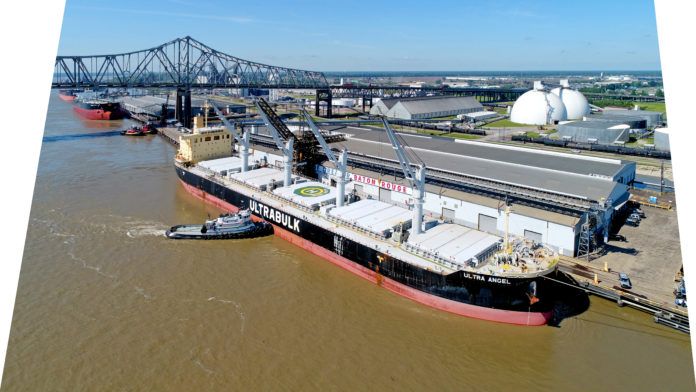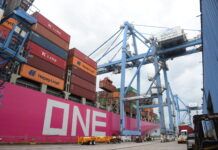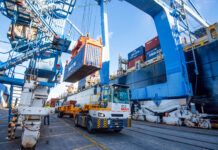A look around the Crescent River Port Pilots Association’s control room in Belle Chasse tells the tale. With a complexity that rivals an air traffic control tower, video display monitors show dozens of GPS-enabled ships anchored off the mouth of the Mississippi River, waiting in a queue for their turn to enter. In the river, itself, ships traverse the waterway in an unfathomable, endless procession.
Of the 1,200 pilots in the U.S., 25% of them live in Louisiana. That’s a number that will likely rise, as vessels carrying petrochemicals, oil and gas, agricultural products and other goods continue to increase in volume. “There’s a high demand for our services right now and we’re operating at the redline,” says E. Michael Bopp, president of the Crescent Pilots. By law, his state pilots, and others like them, must guide international vessels up the river.
Recent data shows that ship traffic is on the rise in every navigable Louisiana waterway. “Go out and look at the river and see what’s going on,” says Paul Aucoin, executive director of the Port of South Louisiana, speaking in March at a Louisiana Mid-Continent Oil and Gas Association meeting in New Orleans. “One industry after another with barges and ships, one after the other.”
Port of New Orleans President & CEO Brandy Christian says shipping volumes are “obviously on the increase. It’s not just the number of ships—I think the bigger issue is that we’re seeing larger ships.” Port NOLA tracks the number of vessels moving through the lower Mississippi and has recorded a noticeable increase in container shipping. This easily makes up for a drop in steel, aluminum and grain traffic caused by the recent tariffs.
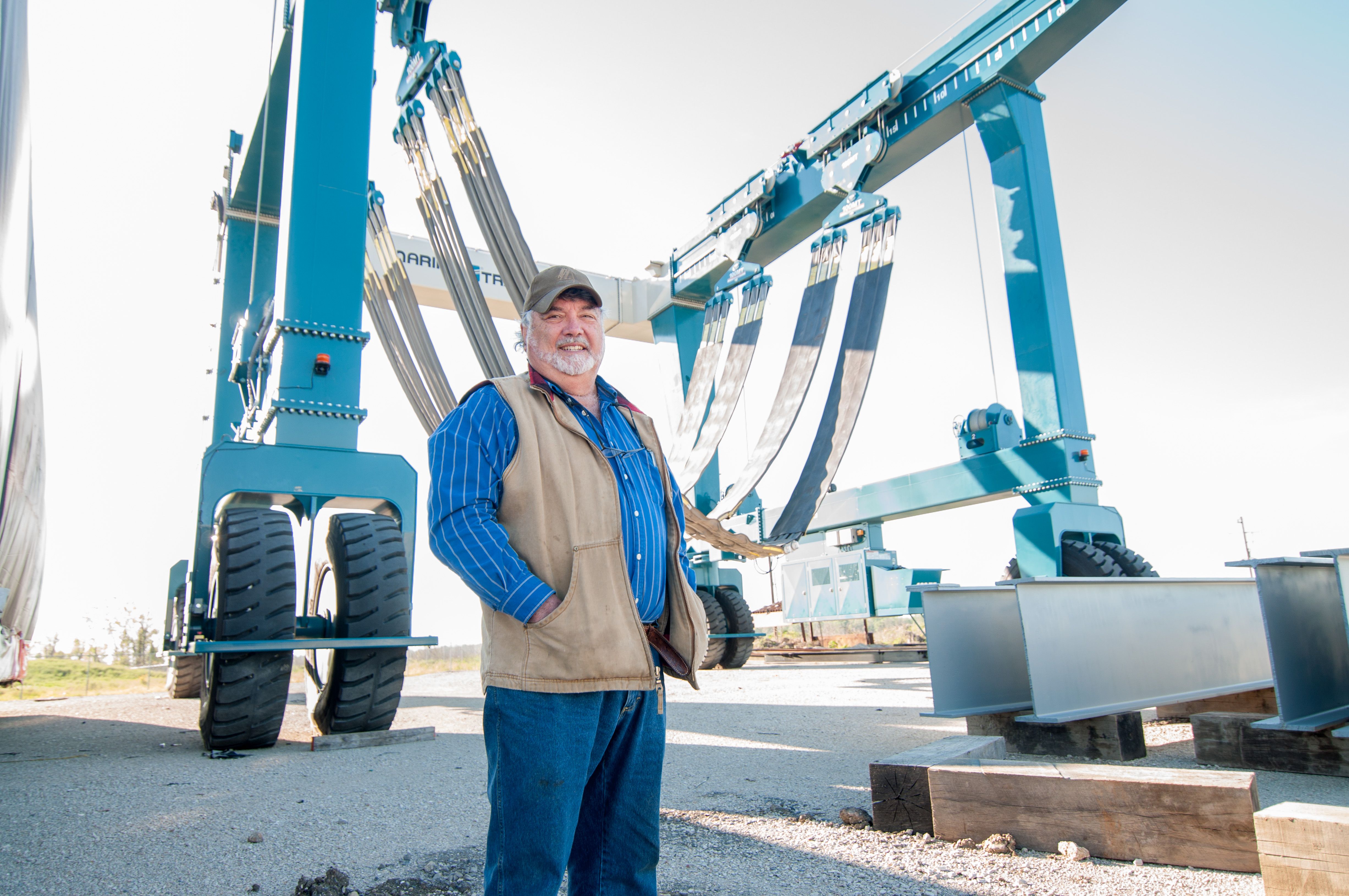
In fact, container volumes set an all-time record in 2018 with 591,253 TEUs (twenty-foot equivalent units), up 12.3% in just one year, and doubling in the past 10 years. The uptick is primarily fueled by exports coming out of Louisiana’s plastic resins market, along with coffee exports from far upriver. Add to that more than $80 billion in announced industrial investments in St. James Parish and elsewhere, and the exports of containers are expected to grow.
The resulting ripple effects will impact the entire maritime industry, including vessel operators, marine terminals, shipyards and workers engaged in the movement of cargo. Consequently, ports are scrambling to deliver an infrastructure that can handle the additional load, whether that be through an expansion in capabilities or improvements to intermodal functionality.
At present, Port NOLA is handling 8,500 TEU ships; in the past their sizes averaged only 4,000 TEUs. “When you start to receive those larger ships you’ve got to have the right infrastructure,” Christian says. “That includes having the right equipment, the right sized cranes to handle processing a bigger ship, and investments in your container yard.”
That epiphany led to Port NOLA’s $23.4 million purchase of two new 100-foot gauge container gantry cranes for its Napoleon Avenue Wharf earlier this year. They’re also demolishing warehouses to make way for the cranes and provide more yard space. That will enable it to handle 1.2 million TEUs, doubling its capacity over the current 840,000 TEUs.
Port NOLA is also looking at potential sites downriver, all in St. Bernard Parish, for a second $1 billion-plus container terminal. The team is currently studying each site’s potential for water-side and land-side functionality, i.e. infrastructure, roadways and rail access.
It’s all part of “Port NOLA Forward,” the port’s master plan. “When we think about a second container terminal, we need to obviously feel very confident that the market will be there for us,” Christian says. Terminal operator Ports America has promised to invest at least $300 million at the new site if and when the port selects a location, which Christian hopes will happen in 2020.
Southeast Louisiana, alone, leads the nation in American maritime workers, with 33,590 jobs and nearly $9 billion in economic impact, according to a recent Transportation Institute study. Fueling the optimism, the current redevelopment of the shuttered Avondale Shipyards site by T. Parker Host will add new manufacturing, fabrication and distribution capabilities.
Bust, then boom
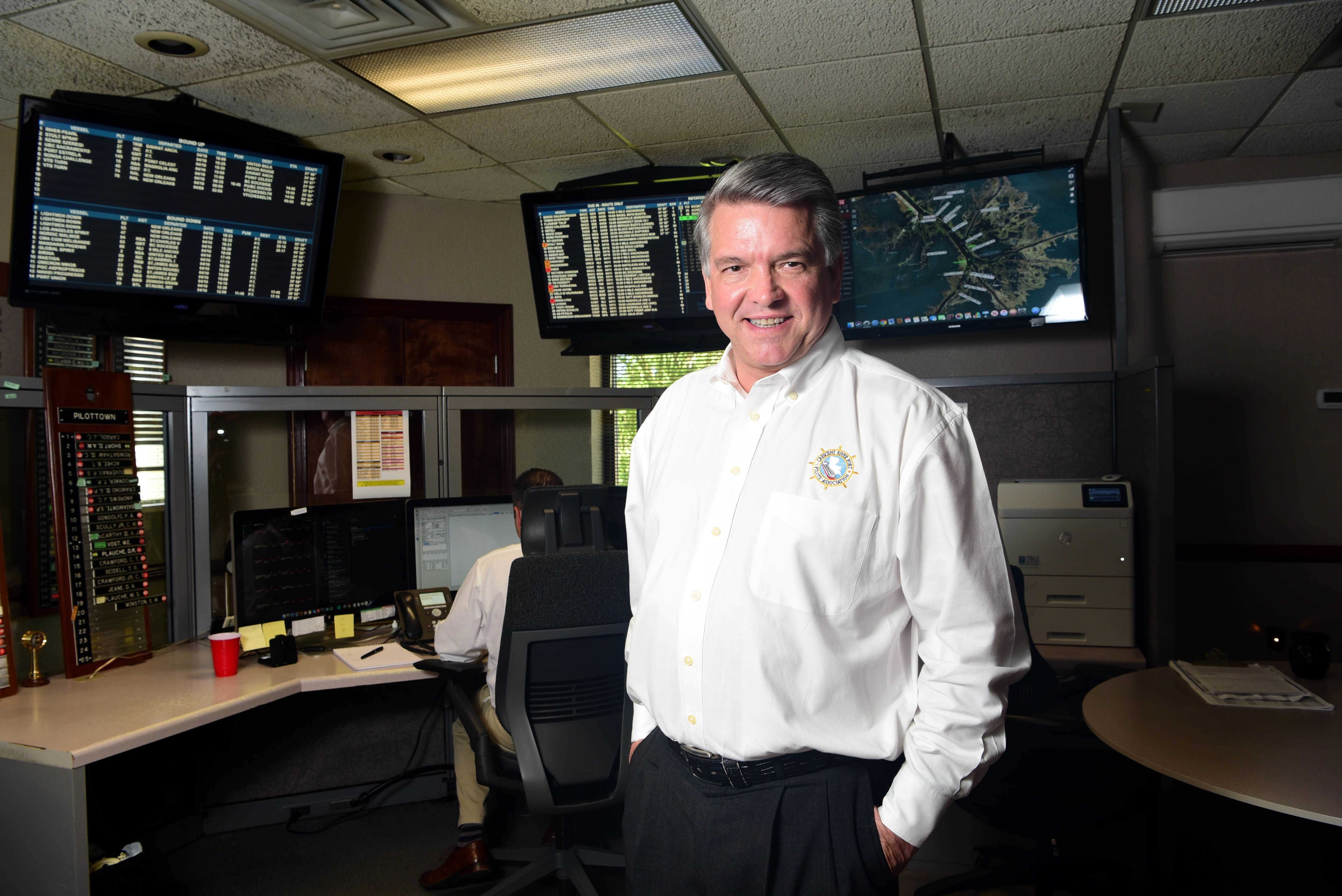
It hasn’t always been this good. A relatively recent uptick in the oil and gas market, and a wave of exports, have only just recently impacted vessel traffic.
Just ask Dave Deloach, president of Deloach Marine Services in Port Allen and a board member of the American Waterways Operators. Over the last several decades, he has seen his share of ups and downs. “We’re just now, in the last six months, coming out of one of the worst, depressed times since the 1980s,” Deloach says. “There’s a combination of factors that contributed to that, one being the fact that the price of oil went down so low that they quit moving oil in barges.”
Deloach Marine reached bottom in 2017 before beginning to bounce back. The company provides crew and tugboat services for several barge companies along the Gulf Coast. “Once the oil got back up to the $60 range, crude oil started moving again, and then of course refined products started being produced,” he says. “A year ago, you could probably find a 2,000-horsepower boat for $3,500 a day, plus fuel. Right now, you’d be lucky to find something in the $4,500-a-day range.”
Louisiana economists have also seen a rise in ship traffic. Stephen Barnes, director of the LSU Economic & Policy Research Group, has noted an increase in ship numbers in his most recent data. In his role, Barnes studies petrochemical, oil and gas, and water transportation. “While in 2017 it was still pretty flat, as we got into 2018 things started to edge up,” he says.
As might be expected, these economic factors, along with a confluence of new regulations and self-imposed industry requirements, are spurring private investment in the maritime industry. Many petrochemical owners now have maximum age limits on inland tug boats (most of which are decades old) and in 2018 the U.S. Coast Guard began requiring the inspection of all inland vessels as part of its “Subchapter M” regulations. This is prompting vessel owners and operators to refurbish their fleets and fabricate new boats, en masse.
Much of it is a reaction to the Deepwater Horizon disaster in 2010. “They looked out there and said, ‘OK, where do we have vulnerabilities?’ They decided that they didn’t want to work with vessels that are over 40 years old,” Deloach says. “That’s deep sea, ‘blue water’ thinking that has developed over the past five or six or seven years. They just drew a line in the sand.”
Tapping into these improving market dynamics, Arcosa Marine Products in Madisonville recently announced a $7.5 million capital investment to reopen its idled barge manufacturing operations in Madisonville. Arcosa, a division of Dallas-based Arcosa Inc., will install new equipment and complete facility upgrades to begin producing barges for customers later this year.
Louisiana Economic Development estimates the project will result in another 236 new indirect jobs, for a total of more than 380 new jobs in St. Tammany Parish and the Southeast Region of Louisiana. Arcosa Marine is a leading manufacturer of barges for inland waterways and will produce multiple barge types at the Madisonville site.
Deloach Marine has been investing as well, most recently in a marine travel lift that will enable it to lift a boat from the water and “walk it” onto land for repairs. The company expects the investment to double its capacity. It currently owns 12 boats and employs 130.
The Maritime Wish List

In recent years, the maritime industry’s one unifying cry has been for deeper drafts and more consistently maintained channels. The Port of Lake Charles has been one of the squeakiest wheels, as the Calcasieu Ship Channel has played a vital role in attracting more than $100 billion in industrial development.
That’s why keeping the channel dredged to a sufficient depth is a top priority, says Channing Hayden, director of navigation at the Port of Lake Charles and a member of the American Association of Port Authorities.
In early April, Hayden and a 12-member delegation of Lake Charles-area port, pilot and industry representatives met with the federal Office of Management and Budget, a host of Congressmen and others in Washington, D.C., to lobby for more federal funding for dredging. “The greatest need right now is convincing the government that they should keep the channel dredged to its authorized dimensions,” Hayden says.
Hayden says he’d be happy if they simply provided what it promised in the 1960s—a 400-foot-wide channel at a minimum depth of 41 feet. “If they would give us a channel that met those dimensions, or close to those dimensions as possible, year around, we could take care of the rest.” As it stands now, ships must navigate a narrowing channel in single file, which can cause costly delays.
Lake Charles is far from alone. Speaking at the LMOGA meeting, the Port of South Louisiana’s Aucoin says his number one priority is getting the Mississippi River dredged to 50 feet all the way to Baton Rouge, and “keeping it that way every day, all day.” He adds that maintaining the depth should be a national concern, as some 100,000 barges come through the port loaded with grain, coal and aggregates, among other products. In fact, 6 percent of the grain leaving the U.S. goes through his port.
“As it is now, a ship can’t leave fully loaded, and that’s at a cost of $1 million a foot. Last year, we had 4,400 ships come to the Port of South Louisiana. Think if half of those were short loaded.”
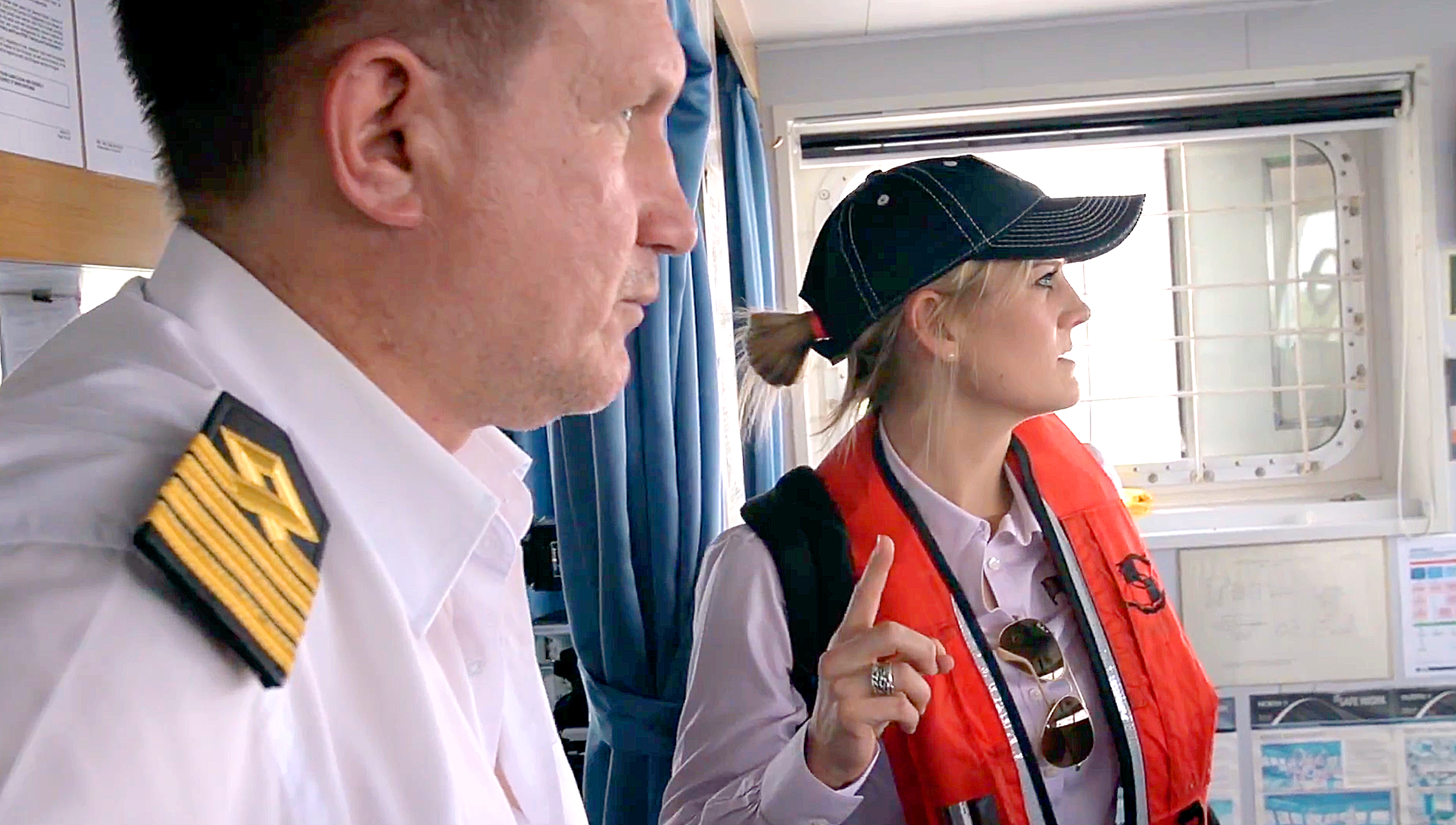
Some progress is being made. If a U.S. Army Corps of Engineers plan to deepen the Mississippi River channel to Baton Rouge moves forward, a variety of industries along the river will undoubtedly benefit. The goal of the $237.7 million project is to increase channel depths to 50 feet, up from 45 feet, enabling owners to load existing ships to capacity while also allowing larger vessels to traverse the waterway.
The plan passed a major bureaucratic hurdle in the summer of 2018 when Corps Senior Civil Engineer James Dalton recommended approval. Dredging the channel would make ports along the river the first on the Gulf Coast to reach the same depth as the Panama Canal, paving the way for new Panamax vessels to reach Baton Rouge. The vessels, which require a draft depth of 49.9 feet, would have clear sailing the entire 256-mile stretch from Southwest Pass to Baton Rouge, provided their superstructures fit below the Crescent City Connection bridge in New Orleans.
Jay Hardman, executive director at the Port of Greater Baton Rouge, says a consistently maintained 50-foot channel is a long time coming. The port has been studying ways to reduce costs, such as through shorter berthing and loading times, and a deeper channel would be a sizeable step toward that goal. Situated at the convergence of the Mississippi River and the Gulf Intracoastal Waterway, the port spends about $173,000 annually on dredging around its facilities.
Tommy Clark, commissioner of the Office of Multimodal Commerce, says channel dredging is a top priority of his office, as the state is responsible for 25% of the cost. “Right now, we’re working with the Corps to program that over a five- to seven-year period through our capital outlay process,” Clark says.
Getting money from the state is a difficult proposition right now, says Shawn Wilson, DOTD secretary, speaking at the LMOGA event. “Somewhere in the neighborhood of $300-plus million a year is needed to maintain authorized levels on the waterways of Louisiana. Whether you’re in Shreveport, Calcasieu or on the Mississippi, that dredging is your lifeline. Without the federal government’s support it’s never going to happen. The moment we start doing it, they completely walk away from the responsibility that’s rightfully theirs.”
He points out that DOTD has doubled the funding in the Port Construction and Development Program, which is used to build landside infrastructure for moving cargo, minimizing highway congestion, improving safety and reducing maintenance cost on highways.
Prepping for the Big Boys
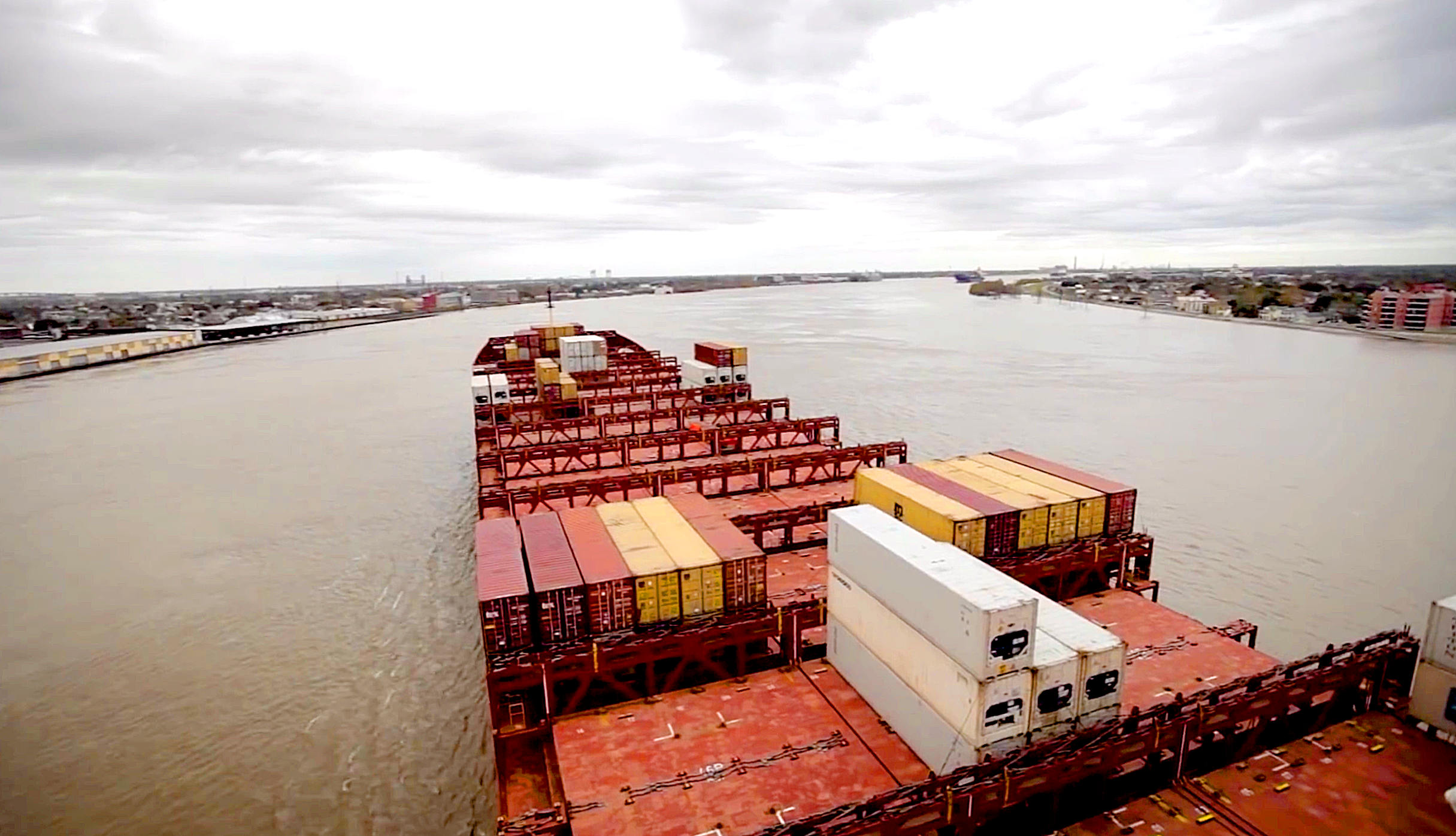
Christian sees the writing on the wall—the big ships are coming and Port NOLA better get ready. The expansion of the Panama Canal has provided the port with access to some 58 global ports with containerized cargo. The larger of those container ships range from 8,000 to 9,500 TEUs and are increasing in frequency.
She says the gantry crane purchased earlier this year supports Port NOLA’s plan to invest in current facilities, along with additional terminal facilities, to ensure that the port can meet projected increases in volume. The new cranes will complement two existing 100-foot gauge cranes currently in operation, and will allow the port’s 50-foot gauge cranes to be used for smaller vessels. To accommodate the cranes, Port NOLA also plans to add 100-foot gauge rail tracks at the Napoleon Wharf.
Sandy Sanders, executive director of the Plaquemines Port, says his greenfield port’s 50-foot-plus river draft is more than adequate for the larger, Panamex-style vessels. “The draft aperture to match the Panama Canal can only be found here,” Sanders says.
The port, which is managed by the Plaquemines Port Harbor and Terminal District, has successfully attracted some $19.5 billion in private investment. Most recently, Tallgrass Energy LP announced plans for a $30 million land acquisition to support a new liquids terminal at the port. The Plaquemines Liquids Terminal is expected to be fully operational in 2020, capable of storing as much as 20 million barrels of crude oil and refined products. It will also be able to support post-Panamax vessels and barges.
Tallgrass expects to build a separate offshore pipeline that would give PLT the ability to load VLCCs (Very Large Crude Carriers) by late 2021. That’s part of a $2.5 billion capital investment that also includes a 700-mile pipeline to transport 800,000 barrels of crude oil a day from Cushing, Oklahoma, to Louisiana.
Additionally, Venture Global LNG Inc. has announced that it will build an $8.5 billion LNG plant at the Plaquemines Port, expecting FERC approval in Third Quarter 2019, and American Patriot Holdings LLC plans to design and build vessels there to move containers from Plaquemines to St. Louis and Memphis.
Calling all Pilots
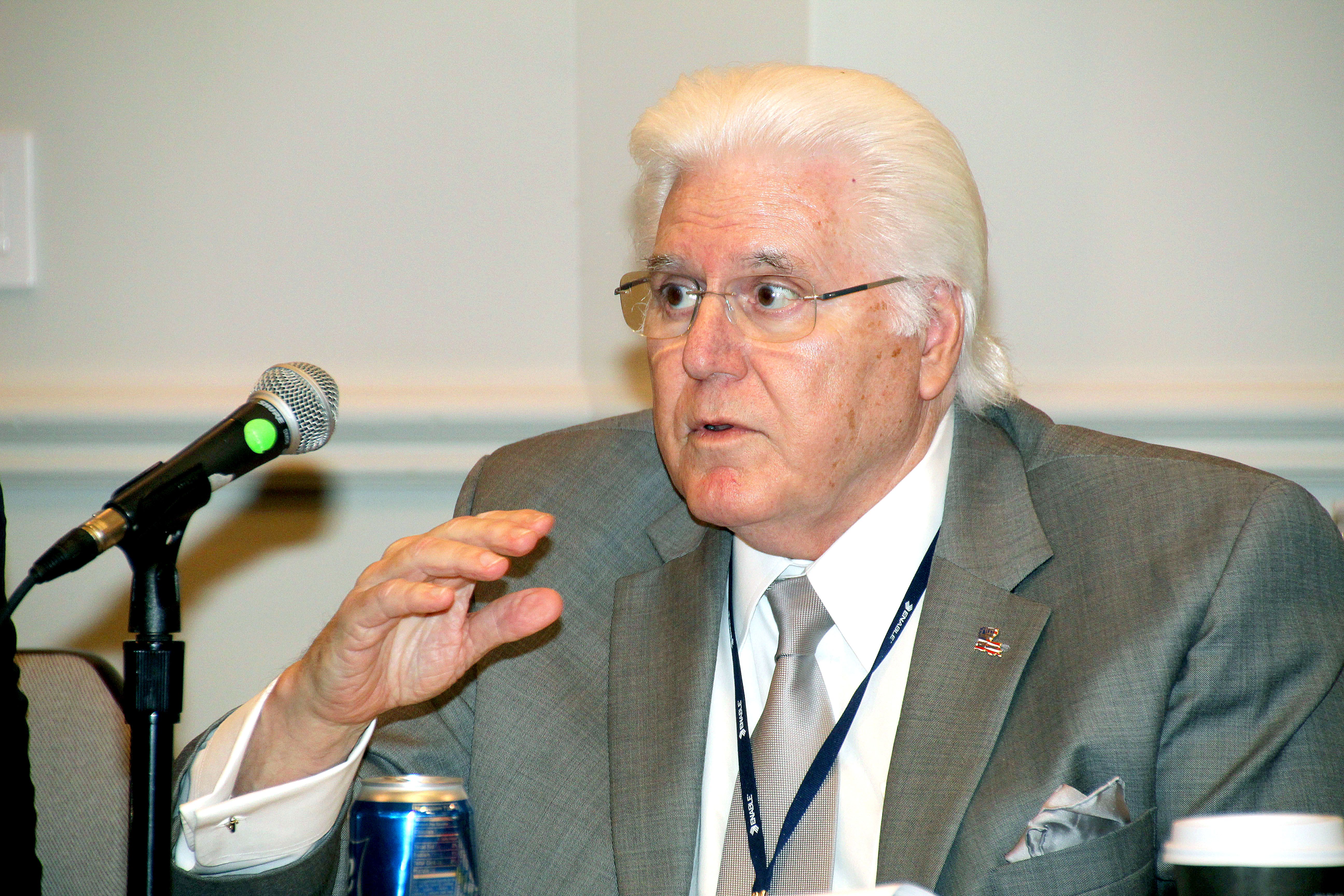
Louisiana’s maritime surge—whether it be in port expansions, new shipbuilding or just the sheer number of vessels on the waterways—brings with it a corresponding need for ship-side and shore-side workers.
At the Plaquemines Port site, Sanders says the biggest problem will be staffing the workforce in such a rural area. “You’re looking at a parish that has 20,000 inhabitants,” he adds. “When this transportation hub is finished, you’re going to have 10,000 to 12,000 people working there, and you can probably quadruple that number during construction.”
Port NOLA is seeking to establish a centralized process for interested applicants to access jobs, whether they’re directly tied to the port, the maritime industry or one of the industries using the port. The port is also partnering with various area colleges—such as Delgado Community College—in the development of a specialized curriculum that targets specific skillsets.
Looking ahead, Christian says crane operation will be one of the skillsets in high demand. “As we grow and we look to build a second container terminal, we’ll have more mechanical needs around cranes and other types of equipment in the yard.”
Maritime vessel operators have their own hiring challenges. Brent Ice, executive vice president and general manager of Florida Marine Transporters in Mandeville, says the company’s boat crews often work 28 days on/14 days off, and when the economy is on the upswing he has difficulty finding workers.
Most challenging will be finding qualified pilots, as earning a pilot’s license requires several years of education and on-the-job training, and the hours can be brutal. Bopp expects the Crescent Pilots’ need for new pilots will only grow as ship traffic increases and says finding them probably won’t be easy.
The Mississippi River’s three pilot groups—also including the Associated Branch Pilots (Bar Pilots) and New Orleans Baton Rouge Steamship Pilots Association (NOBRA)—each oversee their own territories from the mouth of the river to Baton Rouge. In the Calcasieu Ship Channel, that responsibility falls to the Lake Charles Pilots.
As such, a ship requires a new pilot each time it passes into a new territory, since each group is intimately familiar with its own segment of the river. Along the way, pilots must handle a variety of challenges, such as dealing with multi-national crews.
There are also no set work hours. “It’s way irregular,” Bopp says. “You could have 25 ships inbound for the day, and you could have another 25 ships sailing out of New Orleans. Then, the very next day you could have 15 ships coming in, and 12 ships sailing out.
“It’s a high stress job. It’s like a cop. Sleep and work. But that’s what it takes.”
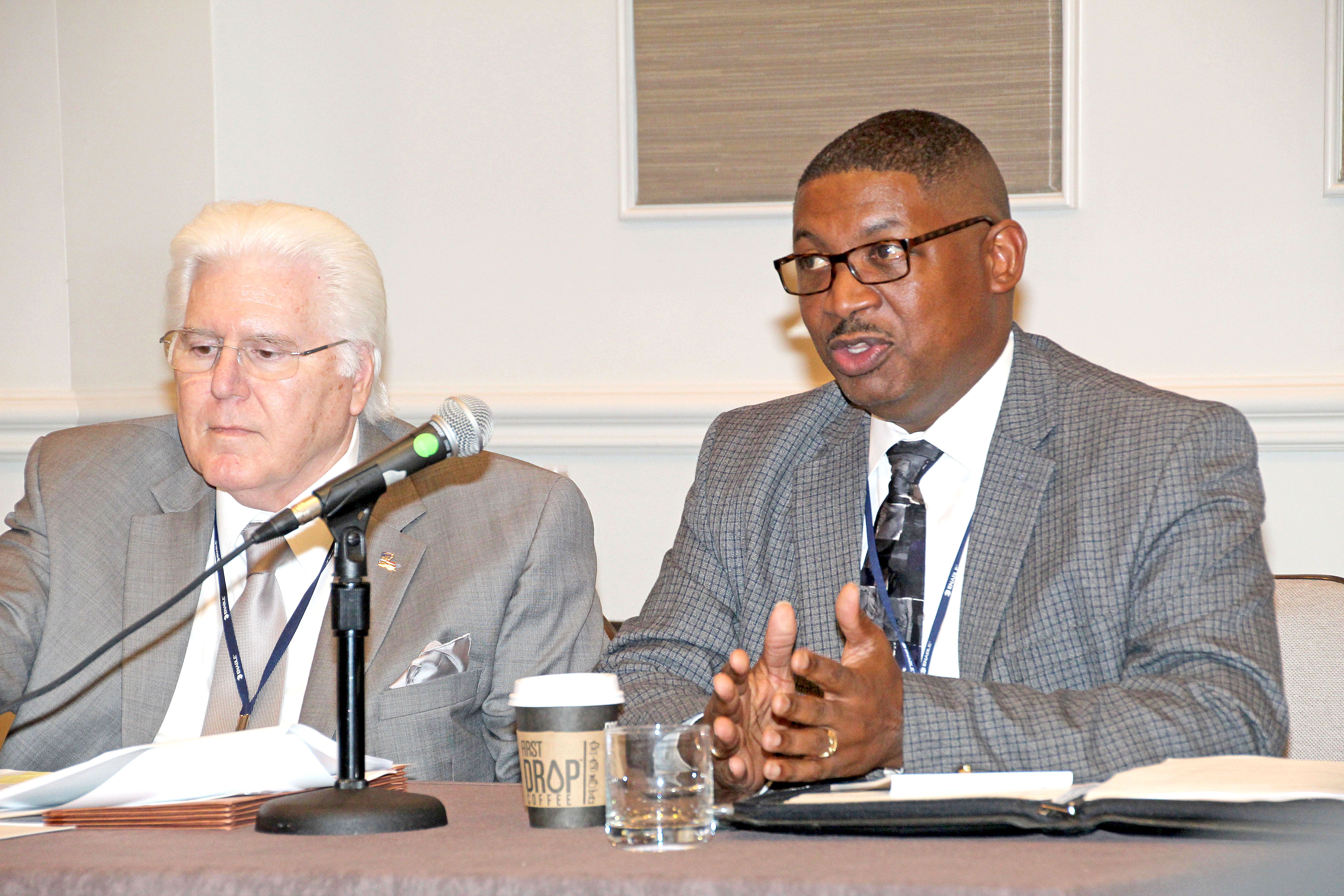
Shawn Wilson (right), secretary, Louisiana Department of Transportation & Development.

